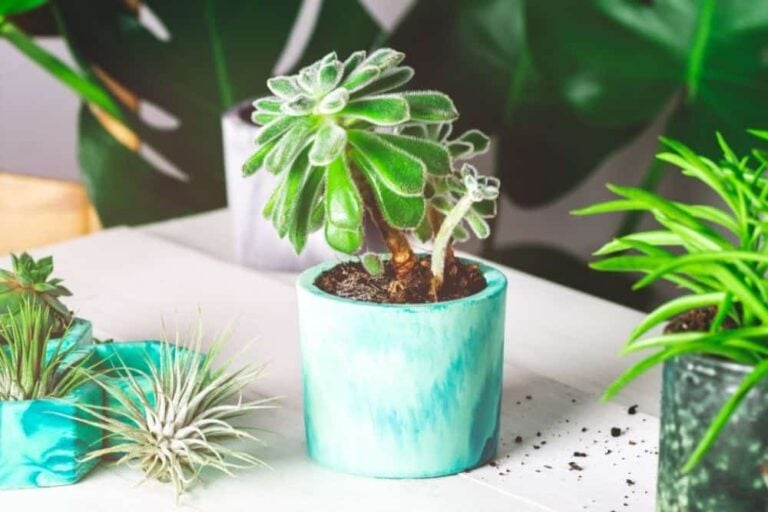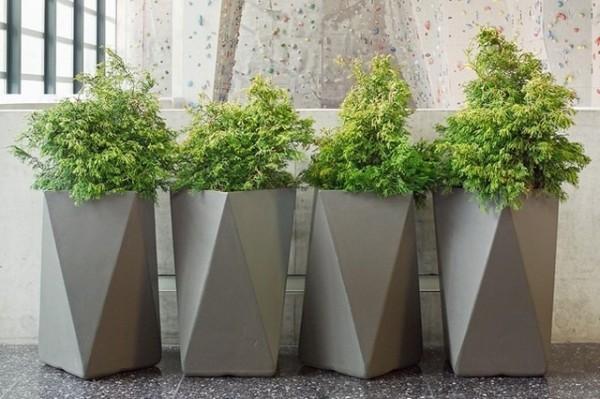Our Quick Guide to Calla Lily Care
The calla lily is a gorgeous plant whether you grow in in your garden or keep it indoors as a container plant. If you meet its needs for moisture and light, you’re well on your way to mastering calla lily care. And the rewards are sweet. It will add charm and elegance to any setting. Continue reading to learn more about this beautiful plant.
What Is the Calla Lily?
The calla lily (Calla aethiopica) is probably one of the most striking members of the Araceae or Arum Family. It evokes class and elegance in ways that few other plants can manage. This South African native was introduced into Oregon and California. Both its foliage and its blooms are gorgeous. Its dark green foliage provides a beautiful backdrop.
Can you imagine a stand of three-foot tall plants with white, trumpet-shaped flowers? We’d say that it is nothing short of stunning. The plant grows from bulbs with a single one capable of producing several flowers. Best of all, it’ll bloom as long as you keep it happy in the conditions it prefers. A plant that doesn’t go to flower is missing something that it needs.
Planting Calla Lily
You may think of the calla lily as an indoor plant or as part of a bouquet. It is stunning in either capacity. However, you can also grow it outdoors as part of your landscaping design. If you live in USDA Hardiness Zones 8a through 11, you’re in luck. These plants get to a good size, so you’ll want to space them 12 to 15 inches apart if you’re growing them outside.
Care and Maintenance
While it is easy to care for once established, it’s striking the right balance with its needs that matters. The calla lily differs from other garden plants on several key points, primarily with moisture. Light is another essential consideration with a plant that likes to flower. Nutrition and soil conditions present other important factors. While it may be picky, it is worth the effort.
Light and Temperature
The calla lily loves sunshine. It thrives best in full sun. The same thing applies to plants grown indoors. A sunny location is essential. Even if everything else is right in its world, it won’t flower unless it has enough light. And it may be slow to respond if you make changes to correct any deficiencies. On the plus side, you needn’t do anything special to make it flower if all is good.
Regarding temperatures, mild days are best for calla lilies. They don’t like overly warm conditions, nor cooler temperatures. However, it is surprisingly cold hardy. Based on its hardiness zones, it can tolerate an extreme low temperature of 10 degrees Fahrenheit. It’s the high temperatures that it doesn’t like. You can mulch it to keep it cooler during warm months.
Moisture Needs
The calla lily will stand out from other garden plants because of its love for water. It is a plant that you’ll want to consider for challenging areas such as the edges of ponds. It’ll provide an excellent border plant that will add interest to your focal point. However, there are limits to its tolerance. While it likes moist conditions, it won’t handle soggy soils well and may lead to root rot.
It’s a concern both in the garden and especially with container plants. Proper drainage is critical. If its pot doesn’t have holes on the bottom, make sure. Root rot, like so many other plant diseases, is much easier to prevent rather than cure. However, you should not let the soil of a calla lily plant dry out between waterings.
This video from the University of Illinois Extension explains the things to look for to water your houseplants properly.
Soil Conditions and Fertilizing
Proper soil pH is another factor that will determine your success with growing calla lilies. You can use a standard soil mixture for container plants. However, both indoor and garden plants require soils on the acidic side in the range of 6.1 to 6.5 pH. You can find soil mixtures that will fit the bill. For outdoors, make sure and run a soil test prior to planting.
A basic soil test will provide a lot of information that can help you with calla lily care. In addition to pH, you’ll also learn the soil’s nutrient profile. As a rule of thumb, you don’t need to fertilize a calla lily plant as much as you would with others. The plant will fare better if you don’t fertilize. If you do, a weak solution is best. However, you should avoid long-term applications.
Fitting In
The calla lily plant has a lot going for it in addition to its great looks. There is one serious drawback that you need to know up front. Like many members of the Arum Family, it contains insoluble calcium oxalates. It is toxic to both dogs and cats. Accidental ingestion will cause mouth and throat irritation as well as excessive drooling in pets.
The same caution applies to people too. The entire plant is poisonous from seeds to root. It may even cause skin irritations or allergic reactions in some individuals. To be on the safe side, it’s best to wear gloves when handling it or performing routine maintenance.
Special Care Notes
On the plus side, you can propagate the calla lily easily by cutting tubers or using offsets or cuttings from the plant. It handles repotting well. You might even have some success with sowing seeds. If the plant produces berries, you can also plant them to grow new bulbs for additional plants.
Calla lily care means the right balance of light, moisture, and soil conditions. If you can satisfy its simple needs, you’ll enjoy beautiful flowers that are the epitome of elegance. We can’t think of a better plant to create a dramatic centerpiece for a landscape. For us, it is worth the effort to get it right.
Photo by Tappancs licensed under CC0.
Also Read: Growing Borage



